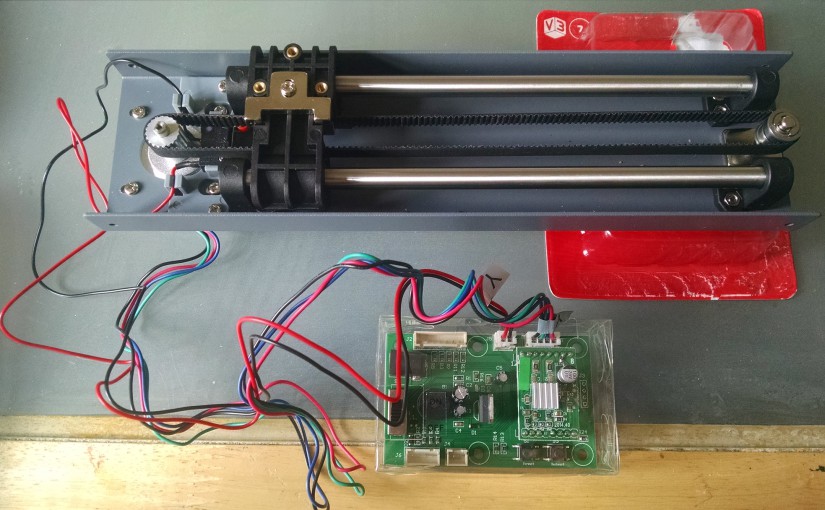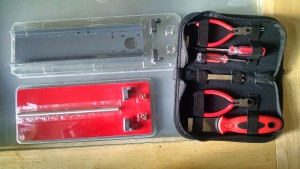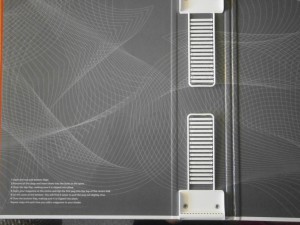I’ve had a few discussions recently as to why I’m building a 3D printer using one of these collect the parts magazine rather than either a) buying one outright or b) getting a “proper” build-it-yourself kit from an online store. Now seems like a reasonable time to address the reasons behind this.
If you’ve been following my 3D printing posts you’ll know I’ve subscribed to Eaglemoss’ 3D Create and Print magazine and am gradually building my own printer. With the weekly cost of the magazine this will eventually cost me £650 and I won’t have a complete printer until the middle of next year. While this is cheaper than buying one outright now, with the speed of change and improvement it’s likely that the printer will be out of date, and this is not the only argument:





 XKCD: Correlation
XKCD: Correlation